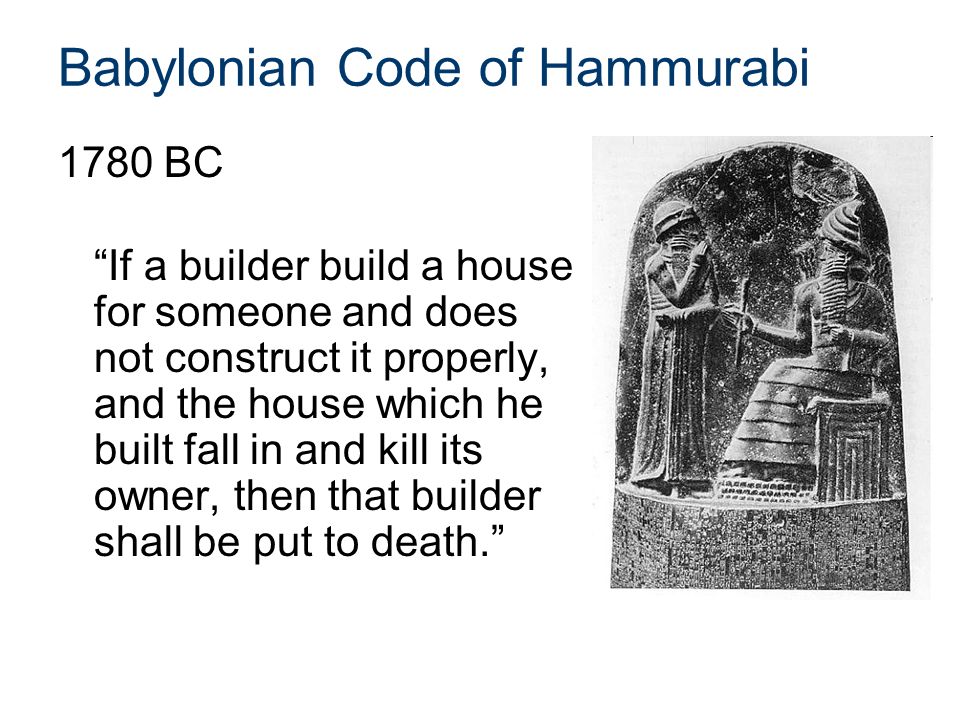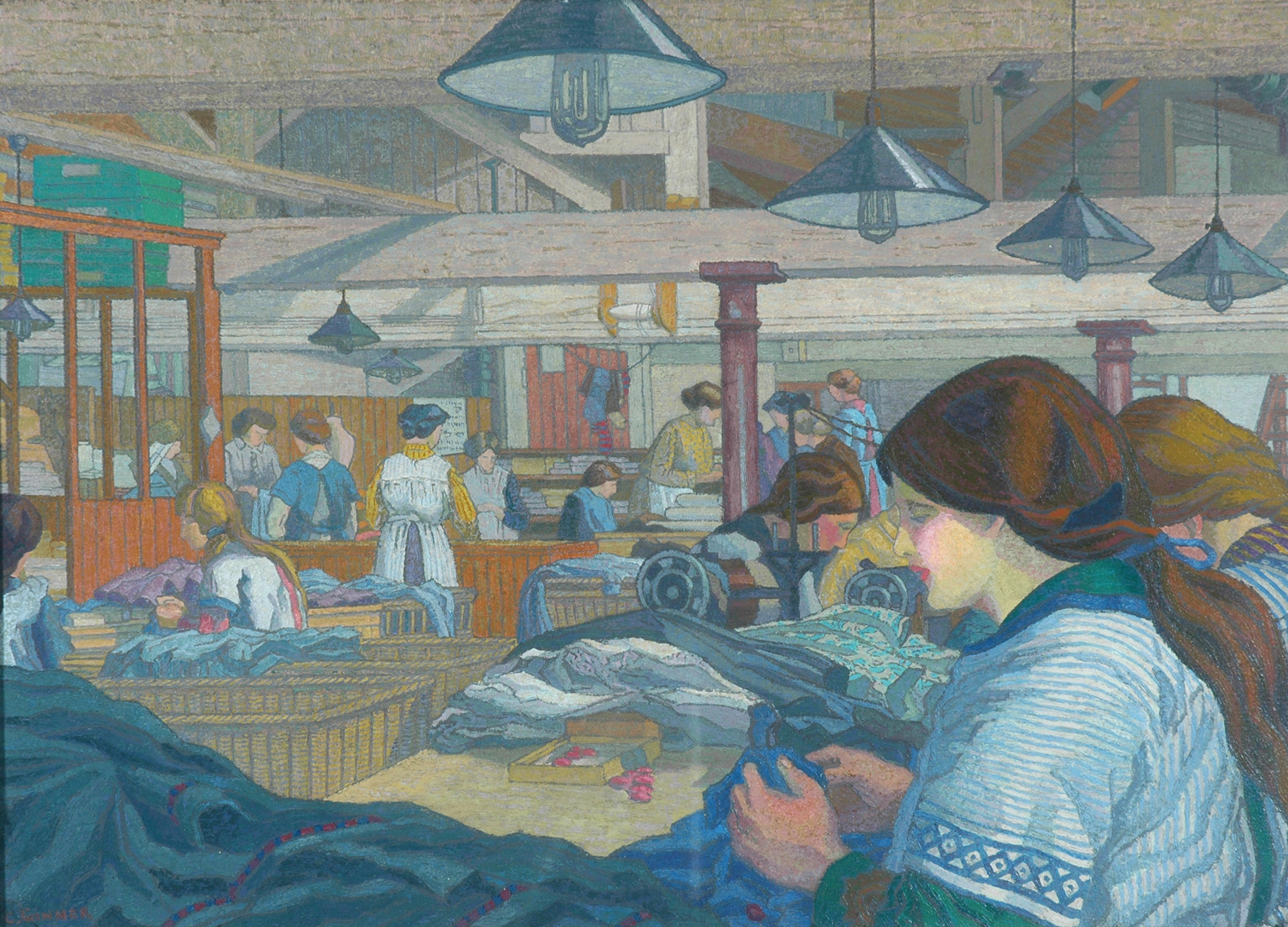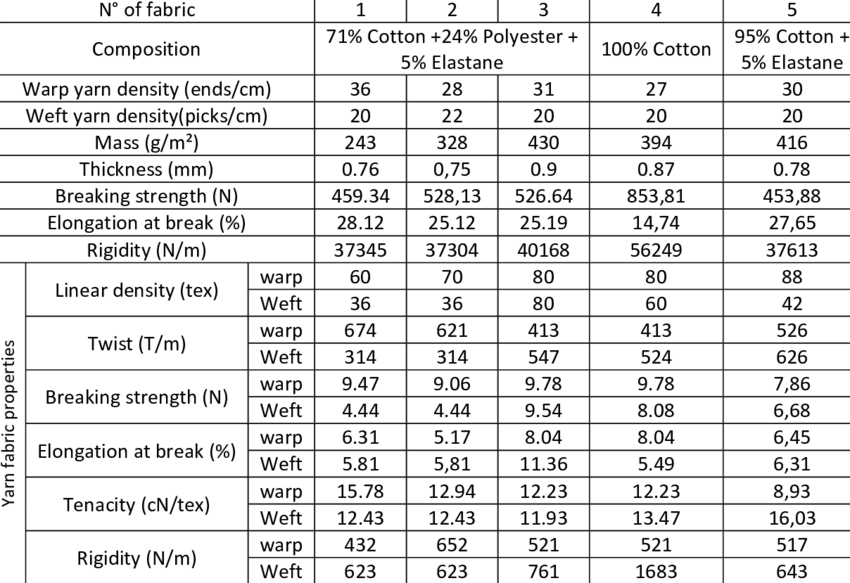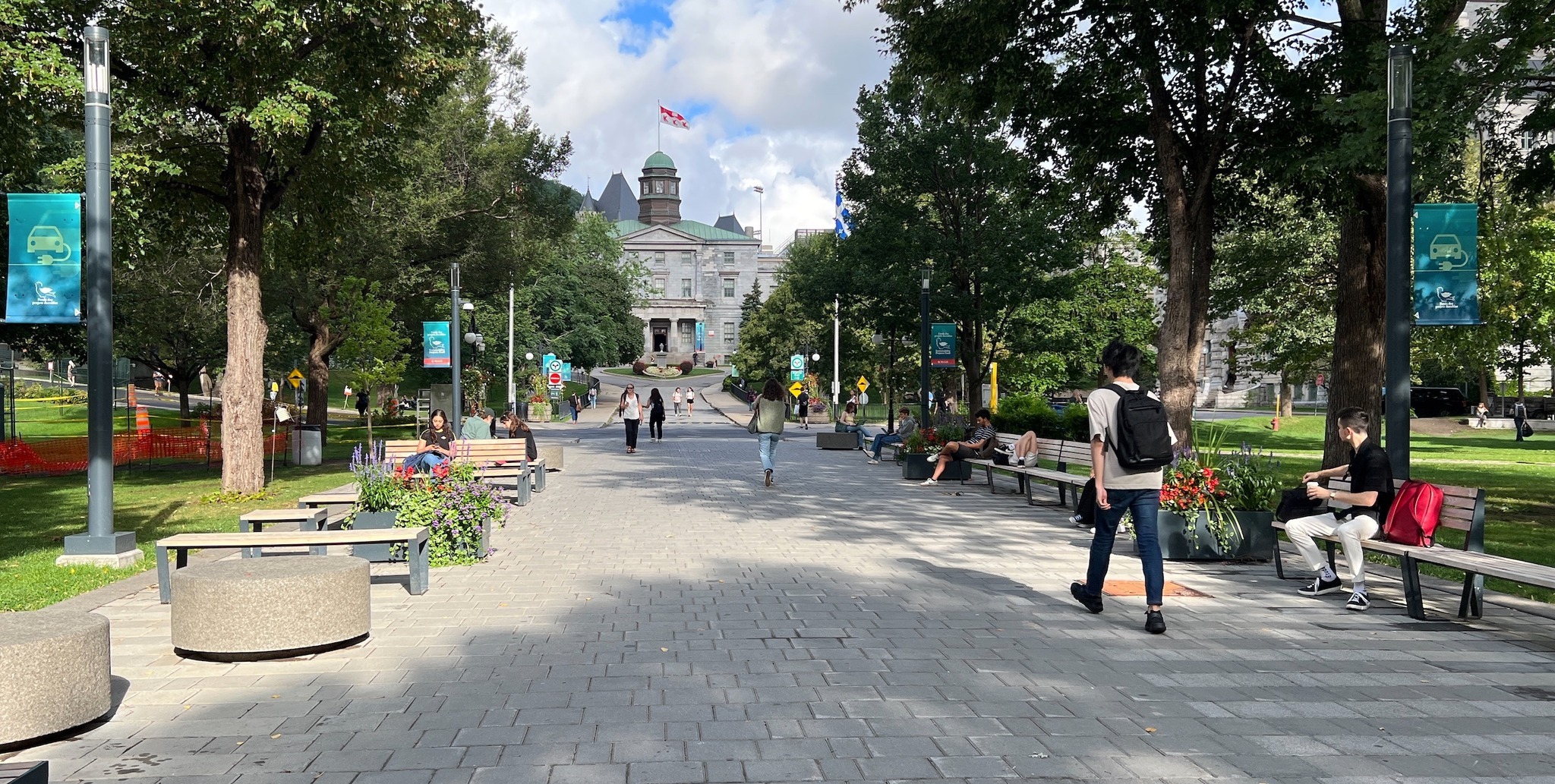Filles du Roi
- Home Page 72

Catfish
Extension Service Report on Catfish
Mississippi State University Facilities Management
A few Catfish from this year since I’ve been bad about posting! pic.twitter.com/hYFKgWDh3E
— Hannah Barron (@HannahBarron96_) July 13, 2025
Military Weddings
This content is accessible to paid subscribers. To view it please enter your password below or send mike@standardsmichigan.com a request for subscription details.
McEwan Hall
This content is accessible to paid subscribers. To view it please enter your password below or send mike@standardsmichigan.com a request for subscription details.
Writing Headlines
This content is accessible to paid subscribers. To view it please enter your password below or send mike@standardsmichigan.com a request for subscription details.
General Conditions of the Construction Contract
International Code Council: Current Code Development Cycle 2024-2026
International Building Code: Chapter 1 Scope and Administration
- Scope of the project. …
- Total cost and payment requirements. …
- Project timeline. …
- Lien law protection. …
- Dispute resolution.
Today at the usual hour we examine a few representative contracts:
University of Michigan Standard General Conditions
Wayne State University Supplementary Conditions of Construction
Princeton University: General Terms & Conditions for Construction Contracts
Universities Wisconsin: General Conditions of the Contract for Construction
The cost of compliance with general conditions in a typical construction project can vary widely depending on factors like project size, complexity, location, and specific requirements. General conditions refer to the indirect costs that support the project—things like project management, temporary facilities, safety measures, and administrative expenses—not the direct costs of labor, materials, or equipment tied to physical construction.
In percentage terms, general conditions typically account for 5% to 15% of the total project cost, with most projects falling in the 5% to 10% range for standard residential or commercial builds. Smaller projects might see percentages closer to or exceeding 10% because fixed costs (like a site trailer or a project manager’s time) don’t scale down as much as direct costs. Larger, more complex projects—like industrial or infrastructure work—might trend toward the lower end (5% or less) since direct costs dominate, diluting the relative impact of general conditions. For example, a $300,000 residential project might allocate $15,000 to $30,000 (5% to 10%) for general conditions, while a $10 million commercial project could see $500,000 or less (5%) if efficiencies kick in.
Related:
Global Consistency in Presenting Construction & Life Cycle Costs
Summer Salads
Standards Wisconsin | Wisconsin Building Codes
Douglas County: Recipes and Canning Information
Readings:
Coop: A Family, a Farm, and the Pursuit of One Good Egg (Michael Perry)
The Land Remembers (Ben Logan)
State of Wisconsin: Department of Agriculture, Trade and Consumer Protection
Midwesterners: bring salad to the Labor Day BBQ
The salad: pic.twitter.com/WHNTelL51e
— Midwest vs. Everybody (@midwestern_ope) September 1, 2024
“Mainely” Potato Salad & Wild Blueberry Pie
— Prep Propaganda 👔 (@prep_propaganda) September 1, 2024
Exploring Maine’s wilderness and making memories with new friends with @UMaineExtension Is there a better way to start your first year of college? Read more about UMaine Immersion: https://t.co/kXptimLhUh pic.twitter.com/kHntYqdLhv
— University of Maine (@UMaine) October 23, 2024
Le café infusé à froid expliqué
“An alleged scientific discovery has no merit
unless it can be explained to a barmaid.”
“Radio Transformations” 1906, Ernest Rutherford
Financial Statements 2023 | ($-14.834 M) Deficiency excess of revenue over expenses
Art & Science of Cold Brew & Why
'Girls tell about their time at Canadian College of English Language'https://t.co/SKYf5gNZLXhttps://t.co/fsQaxC1L69 pic.twitter.com/FBywkbB1BY
— Standards Michigan (@StandardsMich) July 1, 2024
McGill figure parmi les meilleures universités du monde. 🌎 Classée 27e au palmarès 2025 du Center for World University Rankings, elle se situe dans le top 0,2 % des 21 462 établissements évalués
➡️https://t.co/4YLh3B1sWN pic.twitter.com/ZpQUShTsFD
— McGill University (@mcgillu) June 4, 2025
New update alert! The 2022 update to the Trademark Assignment Dataset is now available online. Find 1.29 million trademark assignments, involving 2.28 million unique trademark properties issued by the USPTO between March 1952 and January 2023: https://t.co/njrDAbSpwB pic.twitter.com/GkAXrHoQ9T
— USPTO (@uspto) July 13, 2023
Standards Michigan Group, LLC
2723 South State Street | Suite 150
Ann Arbor, MI 48104 USA
888-746-3670


















